
One of the important things to know before loading rifle ammunition is how far out (shallow) you can seat bullets, and what the optimized seating depth is for a particular bullet for your rifle and shooting application. For AR-MPR Phase II, we’re going for maximum accuracy, and also need to assure proper feed characteristics so that our rifle won’t jam. In this video, we’ll use the Hornady Lock-N-Load OAL gage, a modified .223 case for this tool (a Hornady product as well), and the Hornady Lock-N-Load Bullet Comparator kit to measure max COL for a particular bullet.
We’ll refer to these measurements towards the end of the AR-MPR Phase II single stage loading videos when we dial in the Redding Compeition Seating Die for our load.
Thanks,
Gavin
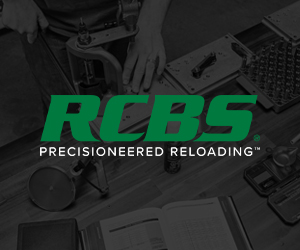
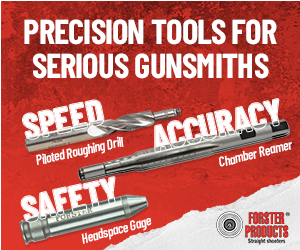

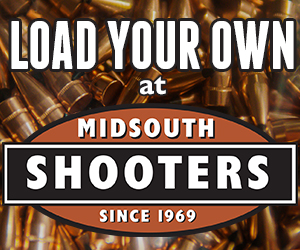




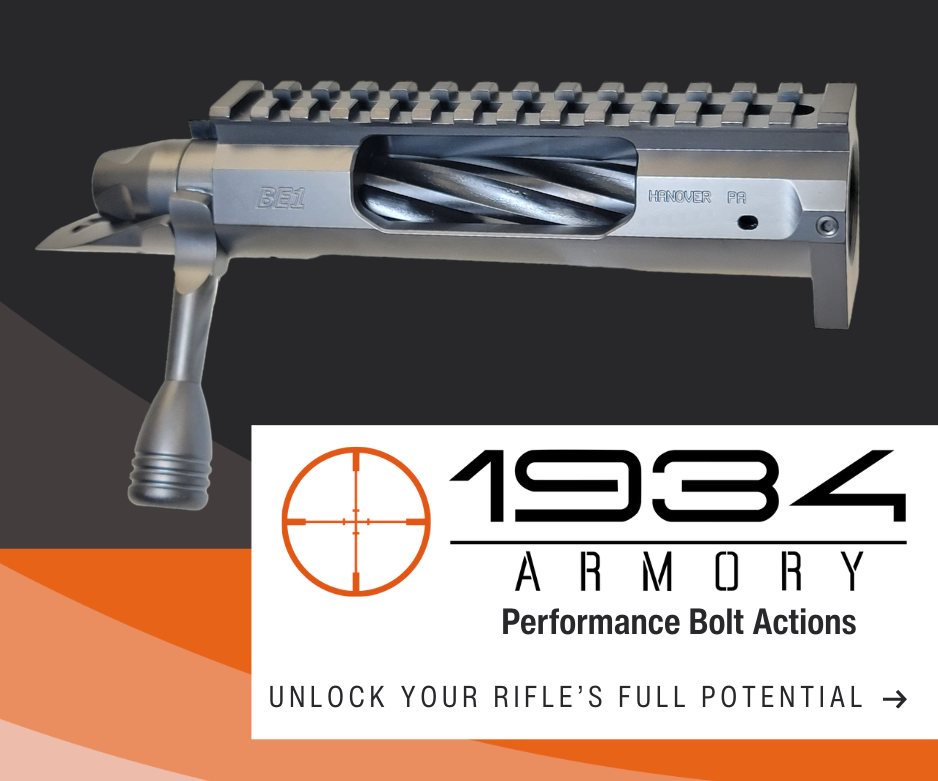






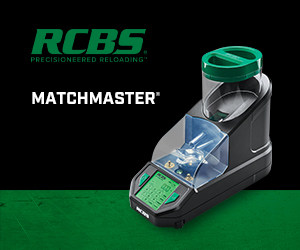





















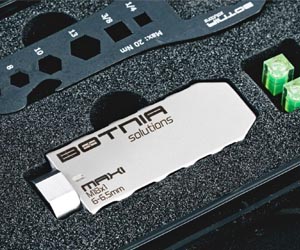






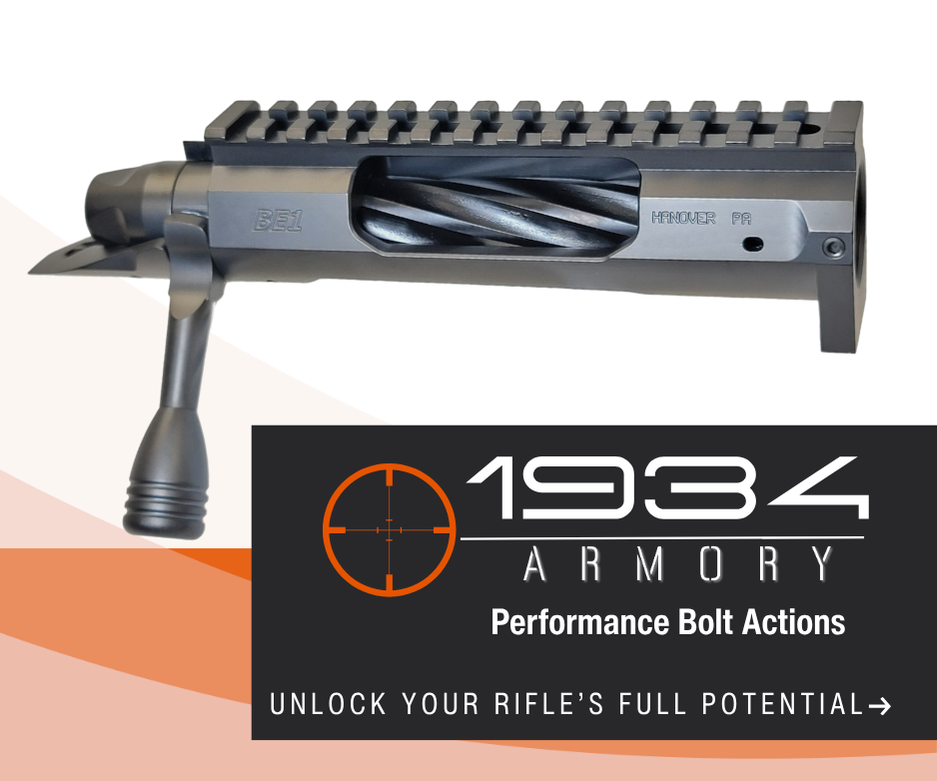




























I think that you will find that the word “ogive” is pronounced with a soft g, “oh-jyve”
Good question- the guys at Hornady say “oh-give” 🙂
Hey Gavin, once again these videos are great and I appreciate your contribution to the community. Quick question for you… The 223 cartridge spec calls out an OAL of 2.260″. I noticed that the OAL of your test cartridge when pressed up against the lands was 2.314″. According to my local range reloading guru, most AR-15s have lands that could start even further toward the muzzle than this. Given the length limitation of a standard magazine, how critical do you think the OAL measurement is? I’ve read a lot online that seating to the magazine depth is acceptable, and necessary for loads with long heavy bullets like 69, 77 and 80gr. And how about when you have a cannelure? Seems logical to me to just seat to the middle of the cannelure to ensure a good crimp. For my Remington 55gr FMJ-BT loads, this is about 2.225″. Thanks!
The max COL measurement taken is well beyond the magazine length, so in the end we’ll likely just be loading to magazine length – as long as we can and still maintaining reliable feeding. More on that when we get to adjustment of seating die…
Gavin,
So, are you adjusting the seating die to whatever setting gives you 2.014″ on the Hornady Bullet Comparator and calipers? I talked to a tech at Hornady and he said forget about net COL for seating,assuming we all know 2.260″ is max for magazines and any longer will be single loaded using a sled.
Rich
Gavin, I know that you know, and I’m sure that many Handloaders know as well, but please go over the importance of COAL with respect to Magazine Length Cartridges. And that the Heavier, Longer (77gr and up bullets) especially the big VLD bullets that are usually not safe to load at Magazine lengths because of Overpressure problems.
In my opinion, before you establish the final long to function in your AR, it doesn’t hurt to know what would be the perfect depth for the sake of accuracy. Sort of a FYI for each rifle. A very good practice to establish for all guns that are not AR,s since you o only need one shot and knowing it will drop into that sweet spot on your target or game animal is more important than having a fast second follow up. Any bullets in the mags are not going to shoot as well as ones held in hand and fired one at a time.
As for times when you must use a magazine,like the AR, keep in mind then that the neck thickness and concentricity is super vital since the neck now plays the role of the initial barrel.
Aneal eacvh neck for even tension
Turn each neck for a release that is concentric
Use a Hornady lock and load to true up each bullet in a perfect neck.
Now you have a bullet that fits your magazine and starts off the freebnore jump as straight as technically possible.
Make light of any of these issues and your bullet jumps that gaps cocked and you can imagine once it enters the barrel the way your never getting any better accuracy.
I have a few rifles where the bullets I need to use won’t jam to the rifling, and while I follow this tight protocol for all accuracy loads (and many more not mentioned) you can get far better accuracy if you think of your case neck as the beginning of your barrel aand not just the end if the case. M16 or M70 or M700 or M77, all shoot better when each case bus identical to the one before it. Once your relizing that no perfection can come from round that are not as possible you begin to load differently. With all the variables out of your control once the shot fires, why add to them with vases that couldn’t achieve the goal either way?
I use the bullet comparator too. When seating the bullet I use a wooden dowel placed down the barrel to make sure as the bullet is inserted into the riflings that it is guided ever so gently. This way you can tell when the bullet just touches the riflings and is not jammed deeper into the riflings then needed. So with my left hand I control the wooden dowel which is in contact with the tip of the bullet as it is being inserted. I gently push the bullet forward with the comparator with my right hand. You’ll be able to feel when the bullet just touches. Plus you can guide the bullet back out of the chamber in the casing so as not to damage the bullet which may effect your measurements. If you see markings on the bullet then you may have pushed it too far into the riflings. Just touching is what we are after.